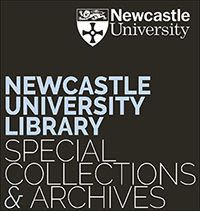Hidden Nature
10 curious items from Newcastle University Special Collections and Archives

Controlled storage, temperature, relative humidity and light are not usually the conditions associated with the freedom and fresh air of the great outdoors. However, it's the stories that lie waiting inside a box, inside the pages of a book or between a pile of documents, that can really bring the natural world to life.
This exhibition showcases material from Newcastle University Special Collections and Archives, to highlight the stories, people, places and events surrounding the natural world. Explore vibrant entomology illustrations, archaeological explorations in the Middle East, apothecary books, flower cuttings stuck inside a family scrapbook, embellishments in manuscripts, the 19th century urban environment of Newcastle's iconic buildings, etchings of animals and the first photographs of Niagara Falls.
Keep scrolling down to find out more about these curious items.
Trevelyan
Photograph Album
Hidden plant cuttings found within a family photograph album.
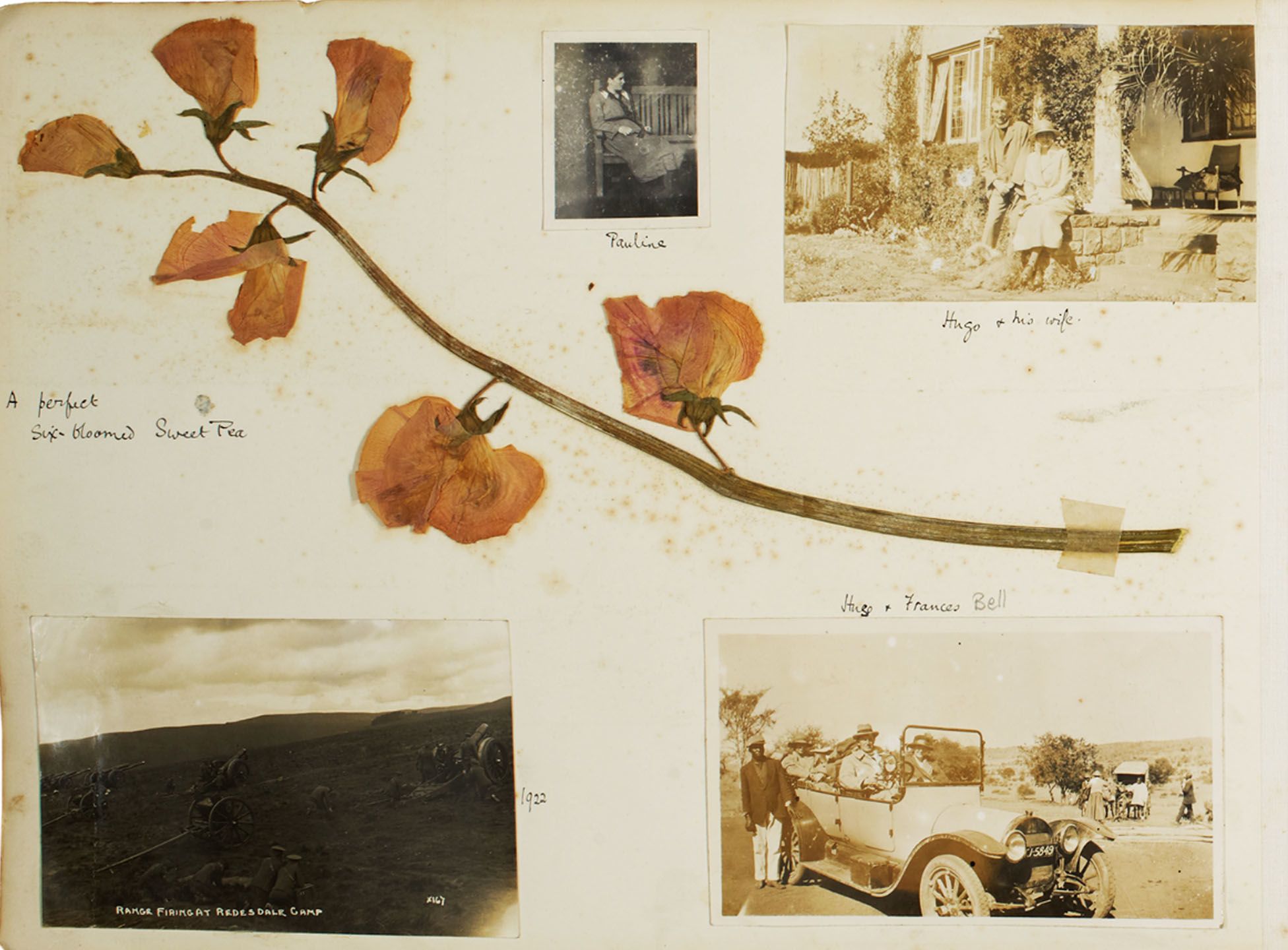
Pressed between one of the pages of Volume 10 (1922) of a Trevelyan family photo album is a preserved ‘perfect, six-bloomed Sweet Pea’. The sweet pea cutting was taken from the gardens at Wallington Hall, Northumberland, which was home to the Trevelyan family.
Page from Volume 10 [Trevelyan (Charles Philips) Archive, CPT/PA/9]
Page from Volume 10 [Trevelyan (Charles Philips) Archive, CPT/PA/9]
The sweet peas at Wallington were known to be prestigious. Page 49 of Volume 10 contains a newspaper clipping (see below) dated November 1923 and written about a gathering at the Village Hall in Cambo to honour the outgoing needlework Exhibition Secretary, Mr. Edward Keith, on his retirement. Apart from his other talents such as wood-carving and bee-keeping, Mr. Keith was also a well-respected gardener at Wallington Hall. The article pasted into Volume 10 reads, “His work is excellent and artistic. His sweet peas are famous nationally. The Wallington garden is one of the best in our country.”
Newspaper clipping (November 1923) written about a gathering at the Village Hall in Cambo to honour the outgoing needlework Exhibition Secretary, Mr. Edward Keith, on his retirement [Trevelyan (Charles Philips) Archive, CPT/PA/9]
Newspaper clipping (November 1923) written about a gathering at the Village Hall in Cambo to honour the outgoing needlework Exhibition Secretary, Mr. Edward Keith, on his retirement [Trevelyan (Charles Philips) Archive, CPT/PA/9]
This album is part of Charles Philips Trevelyan Archive held in Newcastle University Special Collections and Archives. One of the most prominent members of the family was Sir Charles Philips Trevelyan (1870-1958). A Liberal then later Labour M.P., Sir Charles was the last of the Trevelyan Baronets to live on the family estate at Wallington and his Socialist beliefs led him to donate the estate to the National Trust in the 1930s. One of the most engaging areas of the Trevelyan archive is a collection of 39 photograph albums and scrapbooks created by Charles and his wife Lady Mary Katharine Trevelyan nee Bell [Molly] (daughter of industrialist Sir Hugh Bell and half-sister of Gertrude Bell). The albums reveal an intimate picture of Charles and Molly’s family life at Wallington and feature the couple’s six children, Pauline, George, Kitty, Marjorie, Patricia and Geoffrey.
Page from Volume 12 with photographs of the Trevelyan family at Rounton, 1925 [Trevelyan (Charles Philips) Archive, CPT/PA/11]
Page from Volume 12 with photographs of the Trevelyan family at Rounton, 1925 [Trevelyan (Charles Philips) Archive, CPT/PA/11]
The family albums provide a captivating insight into the life of a landed, if somewhat unconventional family, from the late Victorian and Edwardian periods, through both World Wars, to the early 1960s.
You can browse Volume 10 and more of the Trevelyan family photograph albums between 1889 and 1960, on Page Turners.
Entomology Illustrations
Beautiful, intricate illustrations of moths and butterflies.
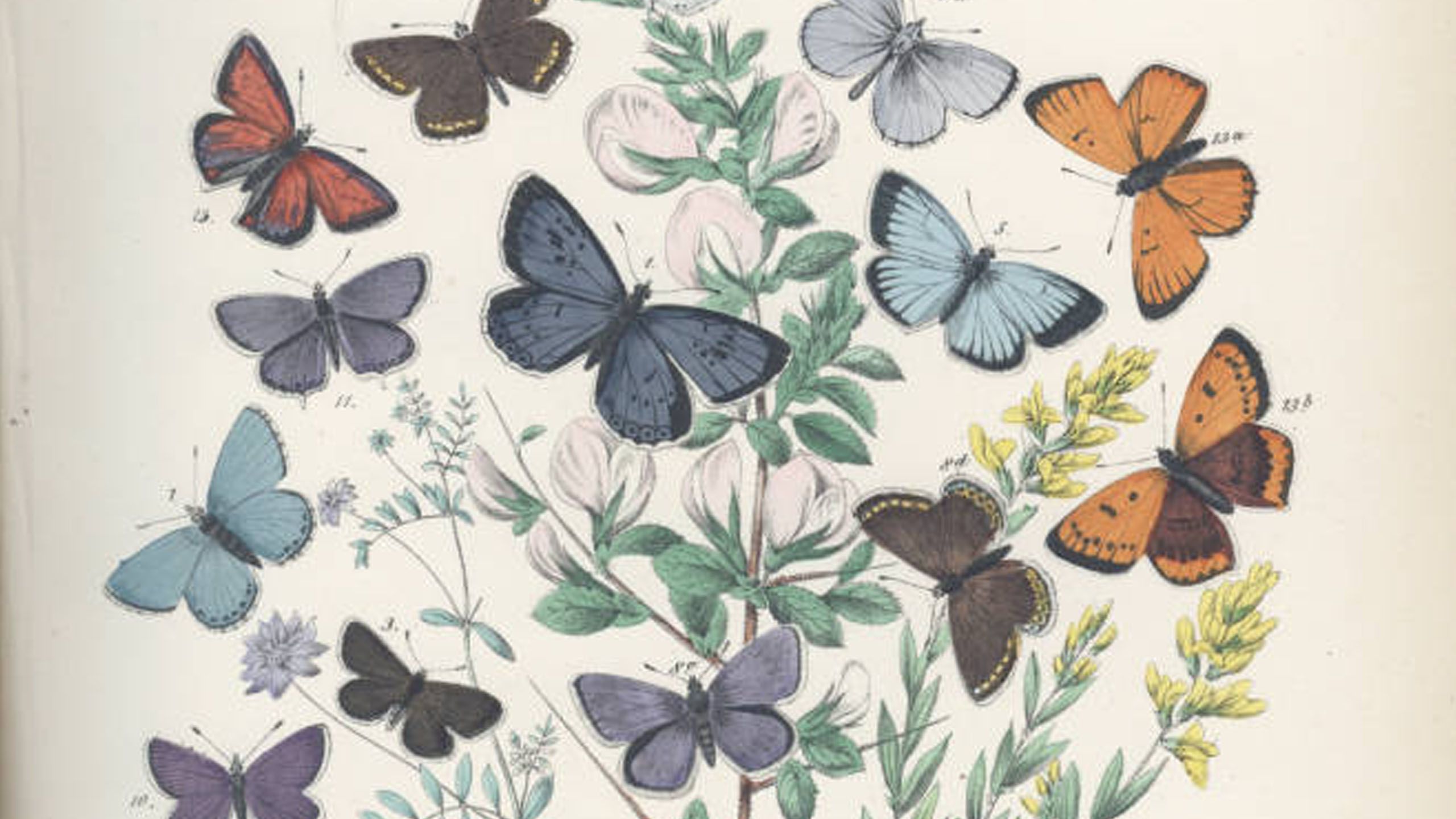
This image is a page from European Butterflies and Moths (19th Century Collection, 19th C. Coll. 595.78 KIR), by W.F. Kirby.
European Butterflies and Moths, was published in 1882 and gives a comprehensive guide into the world of the Lepidoptera. Over 130 years later, the book is still easy to read even for novice readers, as the book is 'designed to provide entomologists and tourists with a comprehensive illustrated guide to the study of European Macro-Lepidoptera’ (as Kirby explains in the preface).
W.F. Kirby was born in Leicester in 1844. He found a deep interest for butterflies at a very young age, which continued into his adult life. After his father’s death and the family’s move to Brighton, he became more involved in the entomological world, joining the Brighton and Sussex Entomological Society before he moved to Dublin in 1867. While there, he became an established and famous entomologist after his book, A Synonymic Catalogue of diurnal Lepidoptera was published.
Images from the Entomology collection were used in the exhibition 'The Beauty of Insects: Seeing Art in an Entomological World', which was curated by two MA Art, Museum and Heritage students as part of their placement with Newcastle University Special Collections and Archives.
Sopwith Diaries
Watercolour sketches of Abbotsford countryside.
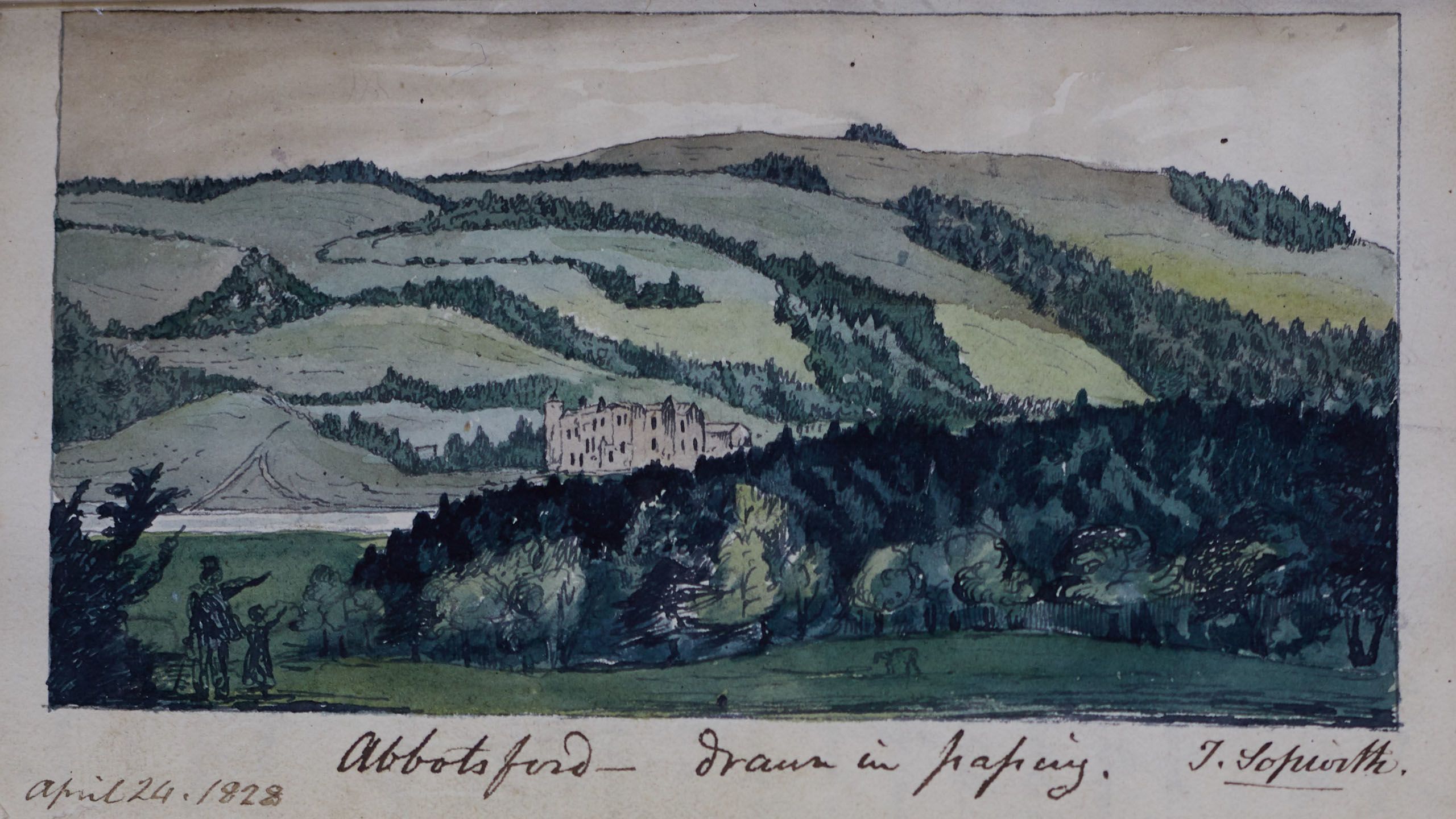
Newcastle University Library Special Collections and Archive hold the Thomas Sopwith Diaries covering the period 1828-1879.
The diaries are littered with pencil and watercolour sketches, often of the surrounding countryside. Sopwith often pasted in newspaper cuttings or even a menu from a banquet he attended in Belgium. The handwriting is immaculate and Sopwith’s use of symbols for days of the week, abbreviations and explanatory diagrams shows his love of efficiency.
Watercolour illustration of Abbotsford, Scotland, 1828, volume 1 [Sopwith (Thomas) Diaries, TS/1]
Watercolour illustration of Abbotsford, Scotland, 1828, volume 1 [Sopwith (Thomas) Diaries, TS/1]
Thomas Sopwith (1803-1879), as well as being a successful engineer who contributed extensively to the Victorian railway and mining industries, was the author of a set of diaries that now live in Newcastle University Special Collections and Archives.
Born in Newcastle in 1803, Sopwith discovered his love of writing as a teenager, and from the age of 18 kept a careful account of his every move in a series of pocket-sized hardback diaries. With only a few breaks, at times when he was really busy, he continued to write for the next 58 years, creating 168 volumes in total.
Sopwith was passionate about his work, and his dairies are a fastidious account of his meetings, projects and professional engagements. From 1845 to 1871 he was the chief agent of Allenheads lead mines in Durham and felt it would be imprudent to discuss the finer points of his role, reserving his diaries for more personal news.
Before his move to Allenheads, however, he worked as a kind of engineer-about-town, surveying railways, giving evidence in mining enquiries and touring the country with his renowned 3D models of the Forest of Dean coalfields. And documenting it all in often absurd levels of detail in his diaries.
One of the most striking things about the diaries is the sheer number of prominent Victorian figures who make an appearance. Sopwith was good friends with William Armstrong and George and Robert Stephenson and must have known nearly all the major names in science and engineering at the time. One week he might be staying with the Brunel family, the next he’d be dining with the King of Belgium, before travelling round the Norwegian fjords with Robert Stephenson. Sopwith was full of praise for almost everyone he knew and was a man who really valued his friendships.
Page 36 from Thomas Sopwith's 1828 diary, volume 1 [Sopwith (Thomas) Diaries, TS/1]
Page 36 from Thomas Sopwith's 1828 diary, volume 1 [Sopwith (Thomas) Diaries, TS/1]
Find out more about Sopwith's diaries on the Special Collections blog.
Blackwell's Herbal
Medicinal plant illustrations and the woman who created them.
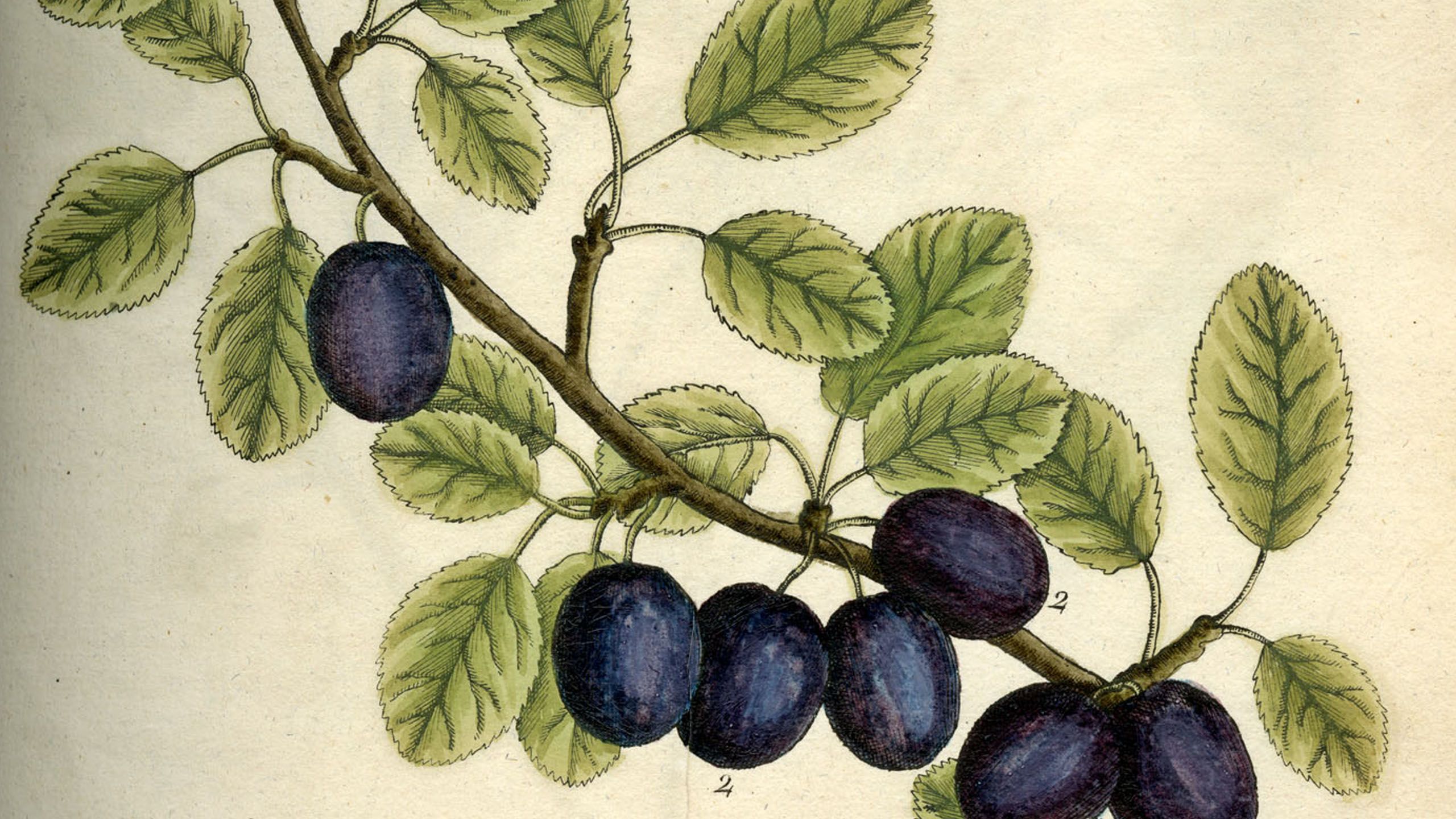
Elizabeth Blackwell's herbal contains beautiful illustrations of medicinal plants. The book was used as an up-to-date apothecary’s reference book and includes American plant specimens which had been newly discovered.
Illustration of Damsoin Tree, from A Curious Herbal by Elizabeth Blackwell, 1739 [Rare Books, RB633.88 BLA]
Illustration of Damsoin Tree, from A Curious Herbal by Elizabeth Blackwell, 1739 [Rare Books, RB633.88 BLA]
A herbal is a book of plants, describing their appearance and how they can be used in the creation of medicines.
Elizabeth Blackwell (1707-1758) was born in Aberdeen and was a Scottish botanical illustrator and author. At the age of 28 she married Alexander Blackwell who practised as a physician, but had no formal medical training. He had a few problems with the authorities, and it would be this that would lead to Blackwell's creation of her herbal.
After both Elizabeth and Alexander fled to London, he set up a printing business. However, since he had not participated in a four-year printer's apprenticeship, he faced very heavy fines. His debts soon mounted once his printing business closed and he was soon sent to debtors' prison.
Illustration of a Broad Leaved Lavendar, from A Curious Herbal, by Elizabeth Blackwell, 1739 [Rare Books, RB633.88 BLA]
Illustration of a Broad Leaved Lavendar, from A Curious Herbal, by Elizabeth Blackwell, 1739 [Rare Books, RB633.88 BLA]
In order to raise funds for herself and her daughter, and also secure her husband’s release from debtor’s prison, she started on creating a herbal. She drew all of the illustrations herself with help from her husband in prison to provide his medical knowledge to write the accompanying texts. She had support from the Society of Apothecaries as well as some leading Doctors. At the time, it was very unusual for a woman to create botanical illustrations, but she drew the designs, engraved the copper plates and hand-coloured the illustrations all herself.
Page from A Curious Herbal, by Elizabeth Blackwell, 1739, detailing the properties of several plants [Rare Books, RB633.88 BLA]
Page from A Curious Herbal, by Elizabeth Blackwell, 1739, detailing the properties of several plants [Rare Books, RB633.88 BLA]
The herbal was originally published in weekly installments over a period from 1737-39, with four plates being published each week. However, the copy in Newcastle University’s Special Collections is made up of all of those installments bound into two large volumes.
With the money from the publishing of the book, her husband was released from prison. However, he soon became involved in more shady businesses and the debt's rose again. He later fled to Sweden, leaving Elizabeth and her daughter in London.
Illustration of The Fig Tree, from A Curious Herbal, by Elizabeth Blackwell, 1739 [Rare Books, RB633.88 BLA]
Illustration of The Fig Tree, from A Curious Herbal, by Elizabeth Blackwell, 1739 [Rare Books, RB633.88 BLA]
Find out more about Elizbeth Blackwell's Herbal in 'A Curious Herbal' on the Education Outreach team's Amazing Archives website (designed for Key Stage 4 children).
19th Century Newcastle
The urban environment of Newcastle's iconic buildings.
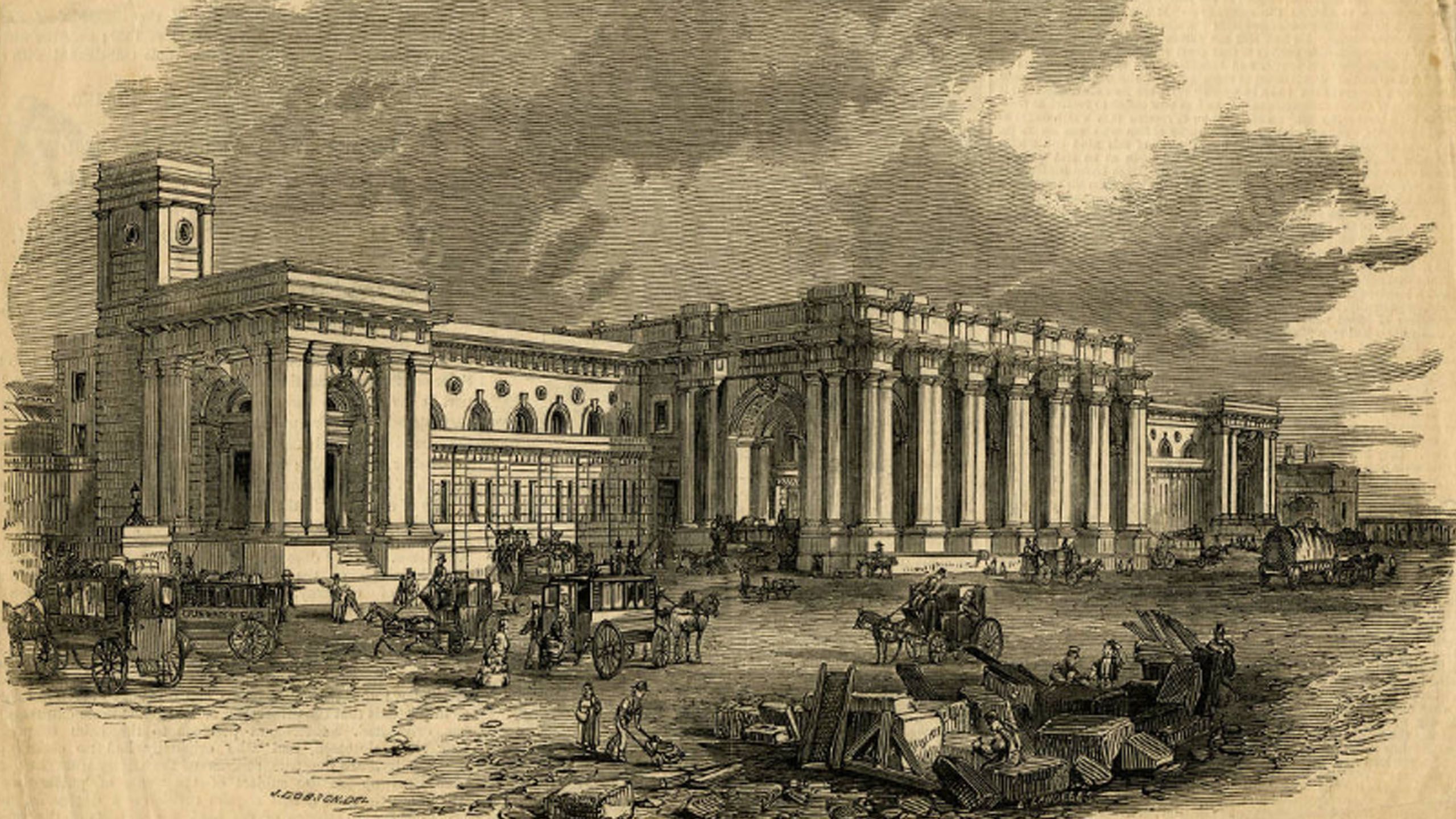
We believe nature is everywhere, even in the urban environment; from grass peeping up between the cracks in the pavement, birds flying over head and flower walls attracting insects. Newcastle has changed significantly since the 1800s, however, some of these images may look familiar to the buildings and structures that we see today.
High Level Bridge
This was opened by Queen Victoria on 28thAugust 1849, as she crossed the bridge by train, however the first passenger train used the bridge on 15th August 1849.
Opening of the High Level Bridge [Local Illustrations, ILL/11/17]
Opening of the High Level Bridge [Local Illustrations, ILL/11/17]
With the advent of the railway, the first act to propose a rail crossing of the Tyne was passed in 1835. At that time railways were regional, however GNER (Great North of England Railway) obtained Acts authorising the building of a rail link to connect to London, and eventually Scotland. Initial plans were not adopted. Finally the Act authorising the building of a road and rail bridge across the Tyne was passed in July 1845.
The bridge was designed by Robert Stephenson and T.E. Harrison with a double desk configuration and took four years to complete
Due to increased rail services across the Tyne, The King Edward Bridge was opened in 1906 to carry main line services. Local rail services are now transported over the High Level Bridge and the road bridge carries one way traffic.
Newcastle Central Station
The present site of the Central Station was settled on after much debate. The Newcastle and Carlisle railway initially proposed a site on the South Bank of the river, near to the Redhaugh terminus. They eventually agreed with George Hudson to a general station north of the Tyne.
The Great Central Railway Station at Newcastle-upon-Tyne [Local Illustrations, ILL/11/239]
The Great Central Railway Station at Newcastle-upon-Tyne [Local Illustrations, ILL/11/239]
In 1846, a local architect, John Dobson was appointed by George Hudson with assistance from T. E. Harrison and George Stephenson. The design was a broad curve so that trains approaching from East and West could be accommodated.
Interior of Newcastle Central Station [Local Illustrations, ILL/11/240]
Interior of Newcastle Central Station [Local Illustrations, ILL/11/240]
The station was opened by Queen Victoria on 29th August 1850 when she visited the station by train and the day was declared a public holiday in Newcastle.
Royal Victoria Infirmary
In 1896, the Mayor of Newcastle suggested a new infirmary be built as a fitting memorial to celebrate Queen Victoria’s reign. Contributions flooded in, one of the contributions was one hundred thousand pounds, from Mr John Hall, given on the condition that the new infirmary was built on or near the Leazes. A site was then obtained from the Freemen and the Corporation. The Prince of Wales laid the foundation stone on 20th June 1900, and as King, he opened the Royal Victoria Infirmary in 1906.
Pull-out image of Royal Victoria Infirmary in Newcastle upon Tyne, 1906 [Clarke (Edwin) Local Collection, Clarke 1524]
Pull-out image of Royal Victoria Infirmary in Newcastle upon Tyne, 1906 [Clarke (Edwin) Local Collection, Clarke 1524]
The new hospital was two storeys high and owing to the sloping parts of the hospital had a lower ground floor. It had a main corridor with the wards passing off both sides of the passageway and connected by secondary corridors. Each ward contained 24 beds and there was accommodation for 400 patients.
The Royal Victoria Infirmary is still on its present site and has expanded over the years, although much of the original building has been rebuilt. Peacock Hall is the only original building left with the statue of Queen Victoria standing in the foreground. With the University’s Medical School now adjacent to it, the R.V.I. has established itself as a major teaching hospital and research centre in the North East and United Kingdom.
Pull out ground plan of the infirmary in 1906 [Clarke (Edwin) Local Collection, Clarke 1553]
Pull out ground plan of the infirmary in 1906 [Clarke (Edwin) Local Collection, Clarke 1553]
Find out more about some of Newcastle's iconic buildings on the Special Collections blog.
Northern Collieries
The scenery of our native north through Thomas Hair's depiction of the coal mines.
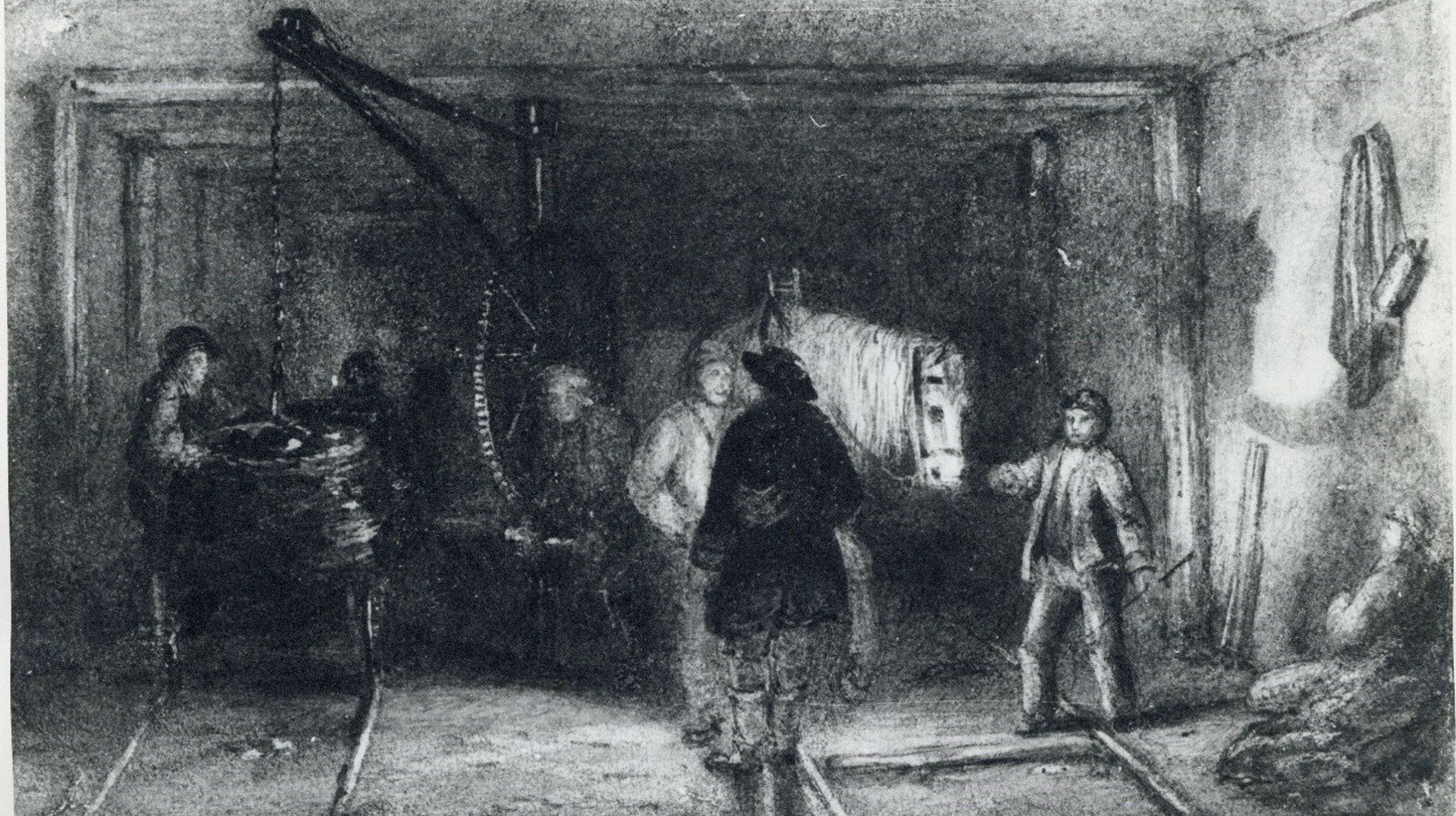
The art of Thomas Hair provides a valuable and unique visual record of the region’s mining history. Although the landscape remains scarred by the industry, and other physical remnants of the pits have survived, much more has been lost due to the process of industrialisation and the passage of time. Hair’s work affords us a contemporary view of the pits that shaped our communities and the lives of those dependant on them.
Little is known about Hair’s life. He was born in Newcastle upon Tyne around 1810, and his working life began when he trained with local engraver and lithographer Mark Lambert. Hair moved to London at some time in the late 1830s, and exhibited his work at the Suffolk Street Gallery from 1838, and several times at the Royal Academy during the 1840s. Although based in London, Hair maintained a strong affinity with the North East and continued to produce work inspired by the region during his time in the capital.
Etched print of a landscape view of the Jubilee Pit, Coxlodge (1828-1860), by Thomas Hair [Hair (Thomas) Illustrations, TH/1/35]
Etched print of a landscape view of the Jubilee Pit, Coxlodge (1828-1860), by Thomas Hair [Hair (Thomas) Illustrations, TH/1/35]
Hair travelled the ‘Great Northern Coalfield’ of Durham and Northumberland during the early nineteenth century, sketching and painting many of the different scenes of mining life. The paintings were then taken back to his studio, where they could be turned into etched engravings, either by Hair himself or another engraver he was associated with. Much of his work relating to the coalfield was published in Sketches of the Coal Mines in Northumberland and Durham; A Series of Views of the Collieries in the Counties of Northumberland and Durham, in 1844. Frank Atkinson, who wrote the ‘Preface’ to the 1969 edition of Hair’s Sketches and Views, has commented on the technical accuracy of Hair’s depictions, as well as his ability to pick up the small details that capture the essence of the scene.
Etched print of a landscape view of an air shaft at Wallsend Colliery (1839) by Thomas Hair [Hair (Thomas) Illustrations, TH/1/33]
Etched print of a landscape view of an air shaft at Wallsend Colliery (1839) by Thomas Hair [Hair (Thomas) Illustrations, TH/1/33]
Hair died in Newcastle on 11 August 1875, and was buried in an unmarked grave in All Saints Cemetery. Although we know little about the artist himself, his art gives us an invaluable insight into the ‘The Scenery of our Native North’.
"The characteristic appearance of no district in the world is more strikingly marked than is that of the North of England, the peculiar features of which are its collieries and their necessary adjuncts. The face of the country is thickly studded with the engine -houses and coal-heaps attached to respective pits… The fields and roads are crossed are crossed and intersected in every direction by the “waggon-ways” connecting the pits with their respective places of shipment… The margins of our noble rivers are fringed with the staiths and machinery, often constructed on a gigantic scale, necessary for effecting for effecting the shipment of the jetty treasure…"
Niagara Falls
Some of the first known images of the Clifton Hotel and Niagara Falls.
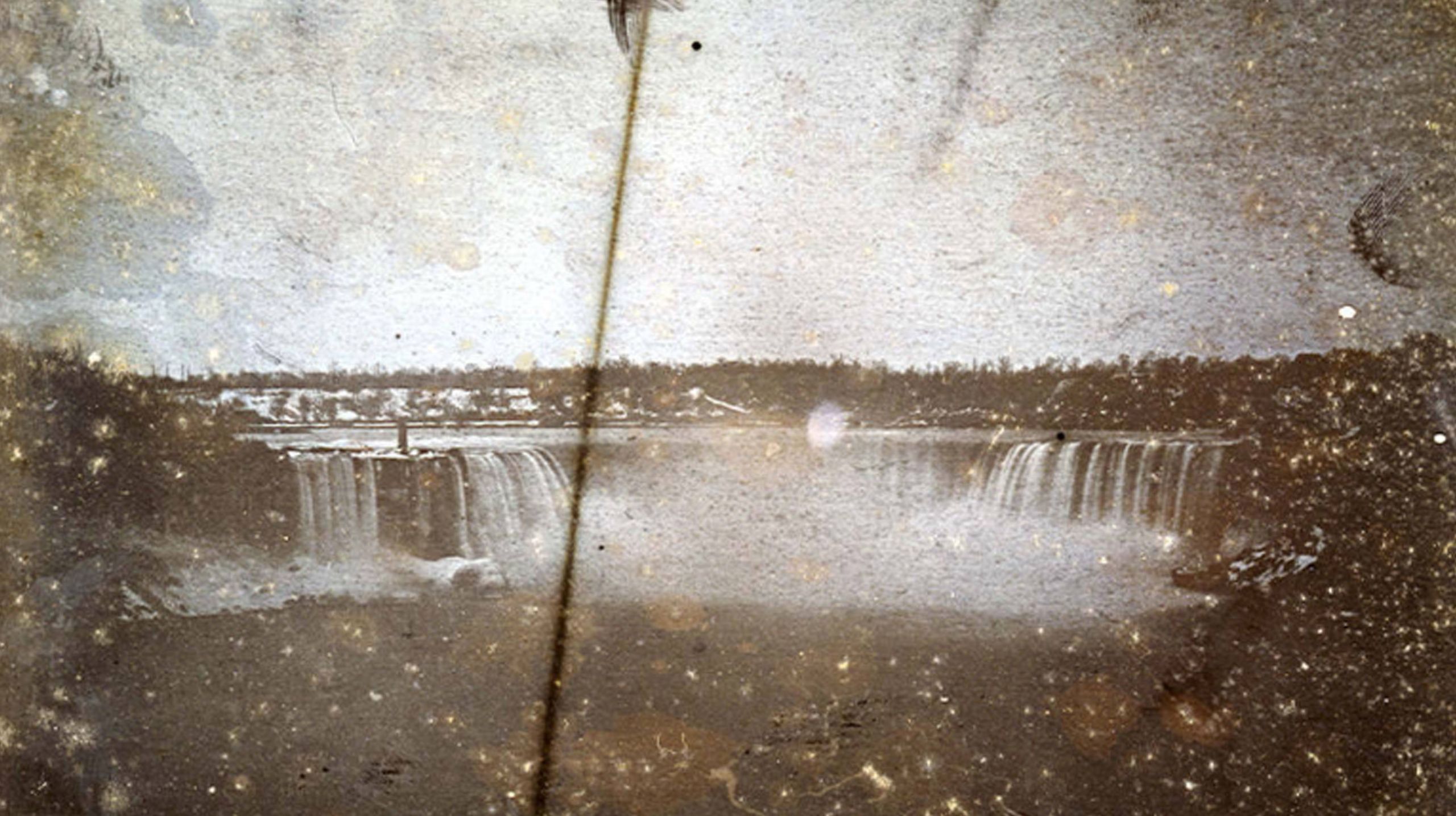
This daguerreotype is among the first-known photographic images of Niagara Falls and the Clifton Hotel.
The Horseshoe Falls (1840) [Daguerreotypes, DAG/4]
The Horseshoe Falls (1840) [Daguerreotypes, DAG/4]
Daguerreotypes were produced using an early photographic process involving an iodine-sensitised silvered plate and mercury vapour. This photographic method does not permit reproduction so the images are unique.
Clifton Hotel - Niagara Falls (1840) [Daguerreotypes, DAG/1]
Clifton Hotel - Niagara Falls (1840) [Daguerreotypes, DAG/1]
These photographs were taken by Hugh Lee Pattinson (1796-1858), who was an English metallurgical chemist and industrialist. Among his many achievements, he invented the 'Pattinson Process' (invented in 1833), which is a method for removing silver from lead. The process is dependent on the fact that lead which has least silver in it solidifies first on liquefaction.
The Horseshoe Falls (1840) [Daguerreotypes, DAG/6]
The Horseshoe Falls (1840) [Daguerreotypes, DAG/6]
To view more Daguerreotypes, visit CollectionsCaptured.
Breviary
Intricate hand drawn details of flowers and animals.
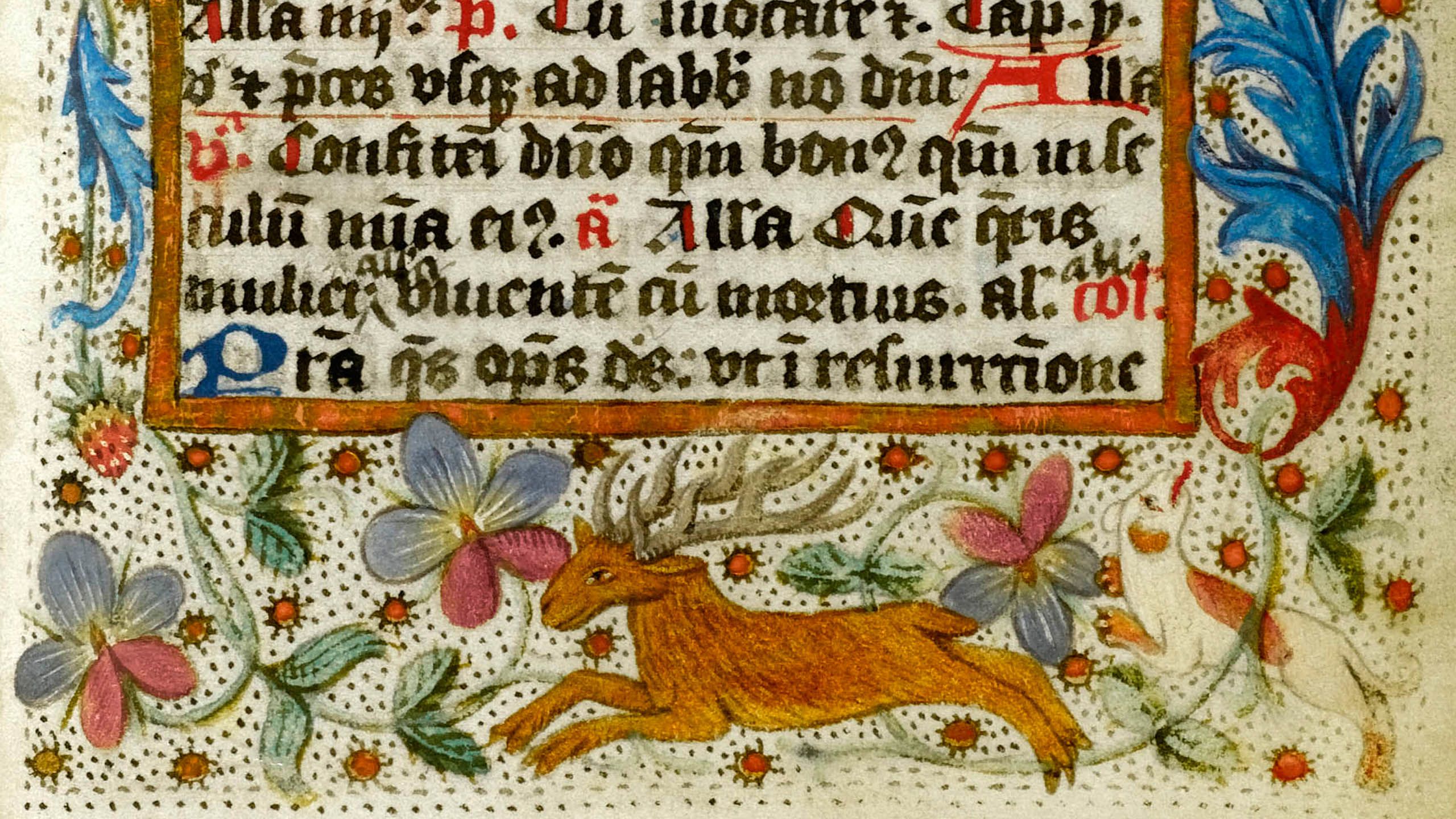
A breviary is a book that contains references to the liturgical texts and chants to be used for the Liturgy of the Hours. This page comes from a fifteenth-century manuscript breviary that probably belonged to the Augustine monastery of Nieuwe Nonnen in Amsterdam, dedicated to Saint Denis. This page has detailing gold with flowers, and animals surrounding the text.
Page from Breviary [Medieval Manuscripts, MS 8]
Page from Breviary [Medieval Manuscripts, MS 8]
The monk who was reading this page could follow the order of the Liturgy of the Hours for the Paschal Vigil. It is written in Latin and contains a passage from the very beginning of the section for the Temporale, the liturgical cycle based on the Easter date. This cycle included Palm Sunday, Pentecost, Lent, and all of the other movable feasts celebrated according to the full Paschal moon.
The red parts of the text (known as ‘rubrication’) help the reader to navigate the text and usually indicate a specific time (e.g. Paschal vigil, Vespers, Compline, etc.) or the kind of material that is to be sung or recited (e.g. antiphon, hymn, chapter, etc.).
This manuscript enables us to reconstruct the liturgy followed by the monks of a specific monastery. This text refers to the Paschal vigil and, in particular, to two prayer times: Vespers, around sunset before supper, and Compline, before bedtime. The other Canonical hours, after Compline, were Lauds around midnight, Prime at dawn, then Terce, Sext, Nones, and Vespers again.
A General History of Quadrupeds
Detailed descriptions and engravings of animals by Thomas Bewick.
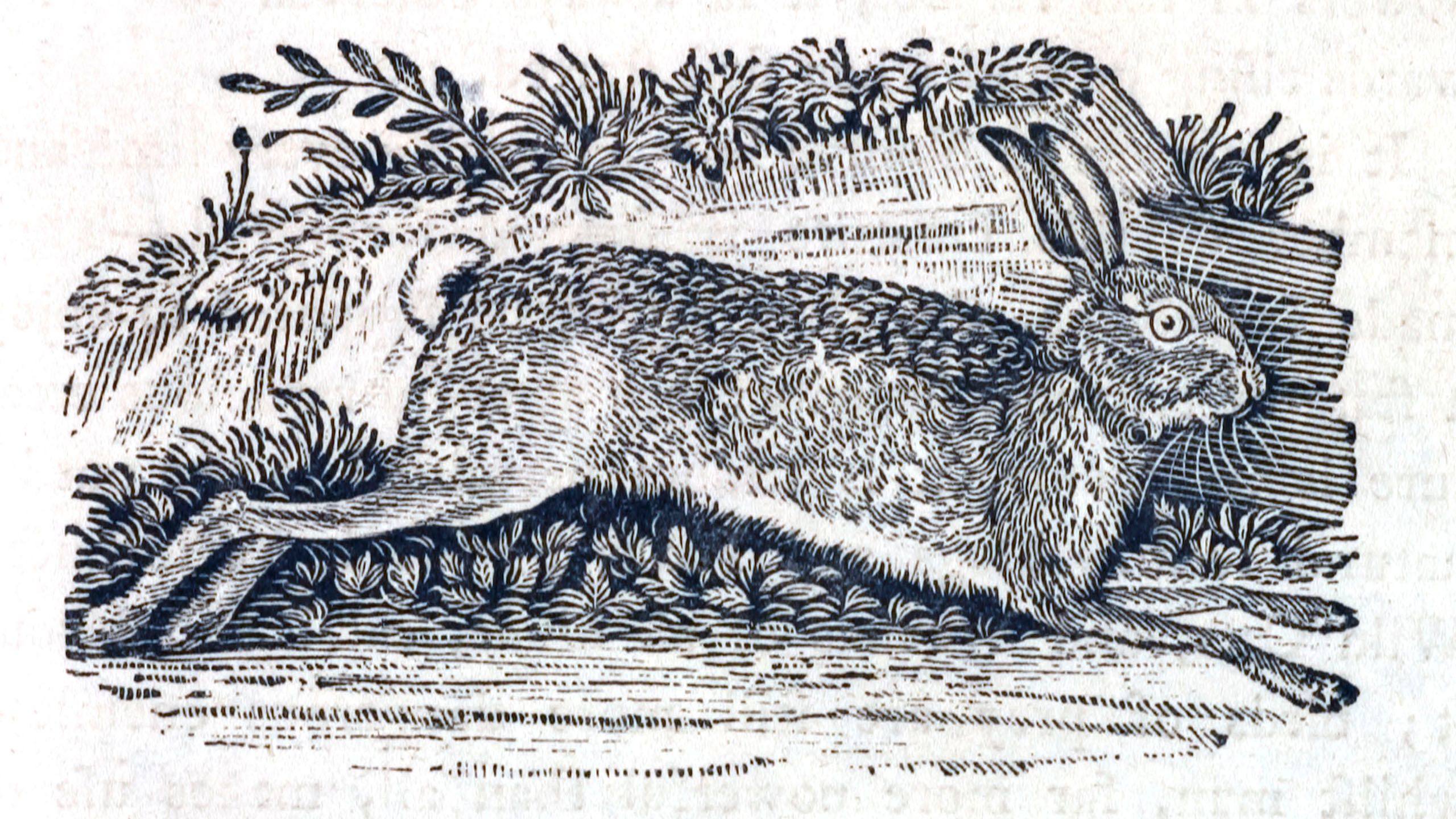
A general history of quadrupeds (1790) was Thomas Bewick’s first major independent publication. It was intended for children but was popular with adult audiences too: in the late-Eighteenth Century, the British took great interest in describing, recording and classifying the natural world. The book contains descriptions of 260 mammals and their habitats as well as engravings of many of the featured animals.
Page showing an engraving of a hare from 'A General History of Quadrueds' by Thomas Bewick [Bradshaw-Bewick (Thomas) Collection, Bradshaw-Bewick 761 BEW]
Page showing an engraving of a hare from 'A General History of Quadrueds' by Thomas Bewick [Bradshaw-Bewick (Thomas) Collection, Bradshaw-Bewick 761 BEW]
Thomas Bewick (1753-1828) was born in Mickley, Northumberland. As a child, he loved the countryside of the Tyne Valley and often shirked his farm and colliery duties to go fishing or wandering. He became apprenticed to an engraver in Newcastle upon Tyne, Ralph Beilby, and later became a partner in the business. He drew upon his fascination with the natural world to specialise in illustrations of mammals, birds and reptiles.
Engraving of a long tailed mouse from 'A General History of Quadrueds' by Thomas Bewick [Bradshaw-Bewick (Thomas) Collection, Bradshaw-Bewick 761 BEW]
Engraving of a long tailed mouse from 'A General History of Quadrueds' by Thomas Bewick [Bradshaw-Bewick (Thomas) Collection, Bradshaw-Bewick 761 BEW]
Early in his career he took on different kinds of work, including illustrating children’s books and making wood blocks for use in advertisements. Bewick revolutionised illustrative techniques and left a legacy that is still celebrated today. In engraving hard box wood blocks against the grain, and using tools usually favoured by metal engravers, Bewick achieved a much greater level of fine detail in his woodcuts than had previously been possible. It was a technical innovation.
Engraving of a squirrel from 'A General History of Quadrueds' by Thomas Bewick [Bradshaw-Bewick (Thomas) Collection, Bradshaw-Bewick 761 BEW]
Engraving of a squirrel from 'A General History of Quadrueds' by Thomas Bewick [Bradshaw-Bewick (Thomas) Collection, Bradshaw-Bewick 761 BEW]
Pulling the Quadrupeds together had been challenging: the rival systems for classifying and organising animals, proposed by Carl Linnaeus (1707-1778), Georges-Louis Leclerc, Comte de Buffon (1707-1788) and John Ray (1627-1705) conflicted with each other. Bewick and Beilby simply arranged the content so that those that they perceived to be the most useful animals appeared first. At the time, Quadrupeds was the most comprehensive, if somewhat erratic and unreliable, contemporary illustrated guide to nature. It sold well and ran to several editions.
Travel, Mountaineering & Cartography
Gertrude Bell's journey through the Middle East.
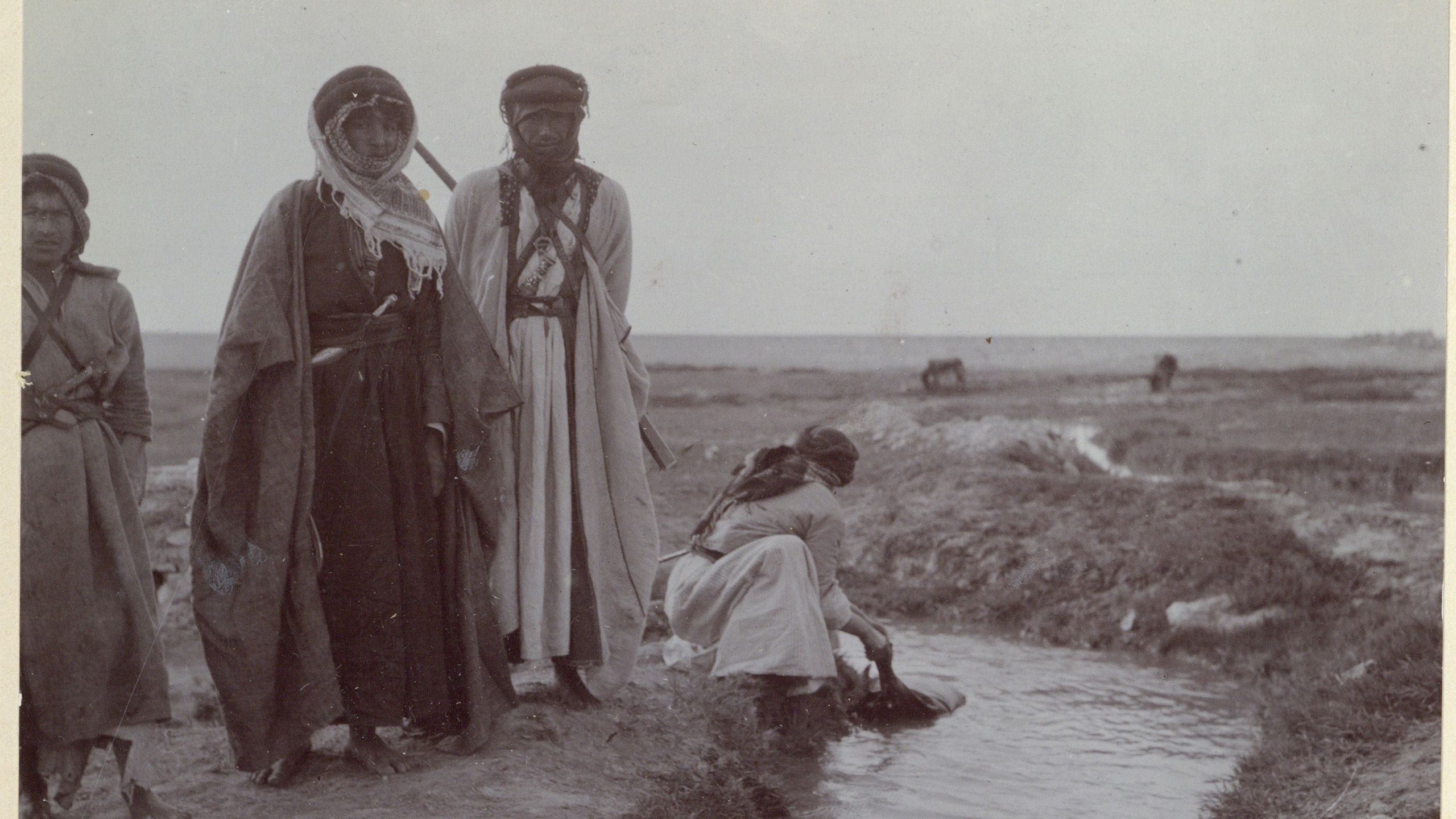
Gertrude Margaret Lowthian Bell was born into a wealthy family at Washington New Hall in what was then County Durham. Initially home-schooled she later attended school in London, eventually gaining a first-class pass in Modern History (degree equivalent) whilst attending Lady Margaret Hall, Oxford. Thereafter she travelled in Europe and also spent several months in Bucharest and in Tehran. Her travels continued with two round-the-world trips: one in 1897-1898 and one in 1902-1903.
Portrait photograph of Gertrude Bell, aged 53 years old [Bell (Gertrude) Archive, PERS_B_001]
Portrait photograph of Gertrude Bell, aged 53 years old [Bell (Gertrude) Archive, PERS_B_001]
From the turn of the century, Gertrude developed a love of the Arab peoples - she learned their languages, investigated their archaeological sites and traveled deep into the desert. This intimate knowledge of the country and its tribes made her a target of British Intelligence recruitment during the First World War. At the end of the war, Gertrude focused on the future of Mesopotamia and was to become a powerful force in Iraqi politics, becoming a kingmaker when her preferred choice, Faisal (son of Husain, the Sharif of Mecca and King of the Hijaz) was crowned King of the state of Iraq in August 1921.
Travel and Mountaineering
In May 1892, Gertrude embarked on her first major voyage to Persia (now Iran), beginning a lifetime of travel that encompassed two round-the-world trips (1897–8 and 1902–3), and numerous journeys to the Middle East, which continued until her death in Baghdad (1926). She was enchanted by the Persian surroundings and people, writing in a letter to her cousin Horace Marshall, ‘Isn’t it all charmingly like the Arabian Nights! but that is the charm of it all and it has none of it changed.’ In December 1897, Gertrude set off with her brother Maurice on the first of two round the world journeys, and from 1902–3 she undertook her second round the world trip with her half-brother Hugo. During this period (1899–1904), Gertrude also became a keen mountaineer, climbing regularly in the Alps, and summiting the Meije, Mont Blanc, and the Matterhorn. In 1901, Gertrude became the first person to summit seven of the nine peaks of the Engelhörner range in Switzerland, and in recognition of her achievement one of the peaks, Gertrudespitze, was named after her.
Photograph of 'Gertrude en Mountaineer' - Bell dressed in mountaineering clothes [Trevelyan (Charles Philips) Archive, CPT/PA/01]
Photograph of 'Gertrude en Mountaineer' - Bell dressed in mountaineering clothes [Trevelyan (Charles Philips) Archive, CPT/PA/01]
Cartography
Photograph of Carchemish - Jerablus. From Tell, looking S [View across plain and Euphrates river, cattle in foreground] [Bell (Gertrude) Archives, J_142]
Photograph of Carchemish - Jerablus. From Tell, looking S [View across plain and Euphrates river, cattle in foreground] [Bell (Gertrude) Archives, J_142]
Whilst on her travels Gertrude developed a keen interest in archaeology, excavation and photography. She was also interested in mapping the uncharted regions through which she traveled. To aid her in this, she undertook a course in survey methods and map projection at the Royal Geographical Society (1907), and returned to the East to travel a route that curved round the Druze mountains from Damascus to Hail, mapping and surveying the area as she went (1913). Bell’s journey of 1913 has since been highly praised, not least by David Hogarth, former President of the Royal Geographical Society, who, in April 1927, stated to the society that this particular journey of Bell’s ‘was a pioneer venture which not only put on the map a line of wells, before unplaced or unknown, but also cast much new light on the history of the Syrian desert frontiers under Roman, Palnyrene, and Ummayed domination.’
He also gives some hint of the importance of Bell’s work to wartime efforts and military strategies, arguing that:
‘Her information proved of great value during the war, when Hail had ranged itself with our enemy and was menacing our Euphratean flank. Miss Bell became, from 1915 onwards, the interpreter of all reports received from Central Arabia.’
Photograph of Kerak - from the S [Crusader Castle, general view from a distance] [Bell (Gertrude) Archive, A_244]
Photograph of Kerak - from the S [Crusader Castle, general view from a distance] [Bell (Gertrude) Archive, A_244]
Interested in reading more about Gertrude Bell? Find out more on the Special Collections blog in 'Major Miss Bell: Gertrude Bell and the First World War'.
Find Out More
This online exhibition was created as part of Heritage Open Days 2020, surrounding the theme of 'Hidden Nature'.
All images are from Newcastle University Library Special Collections & Archives, which collects, preserves, promotes and provides access to unique and distinctive books and archives. These resources are made available not only to our own University staff and students, but to researchers from other institutions and to the wider community.
To find out more about our holdings please look at our Collections Guide. To discover how you can consult materials see Using our Collections. To explore other online exhibitions, browse our Past Exhibitions page.
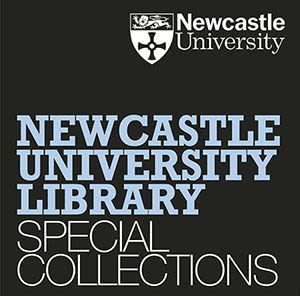
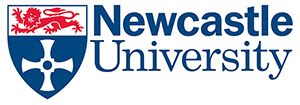
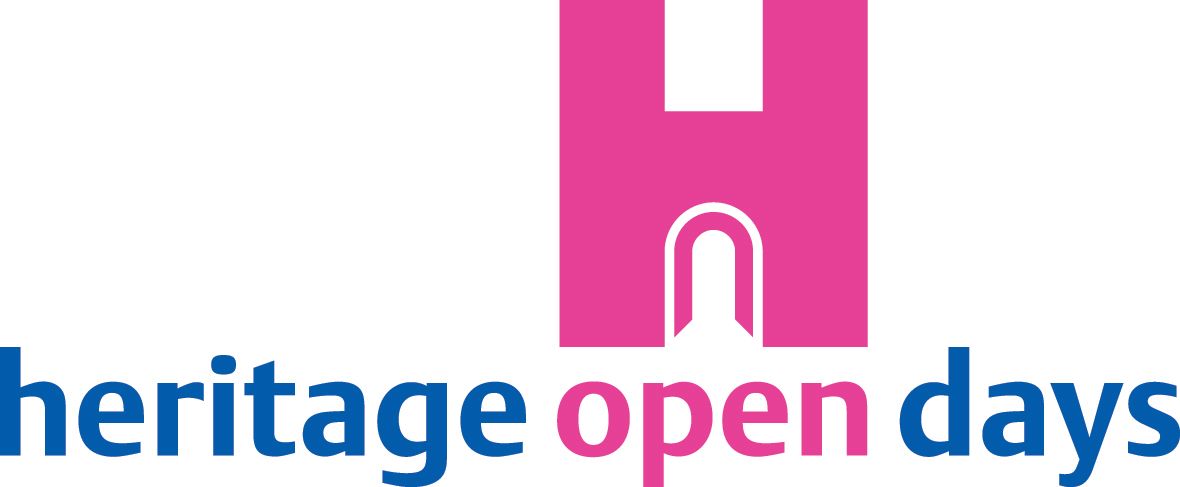
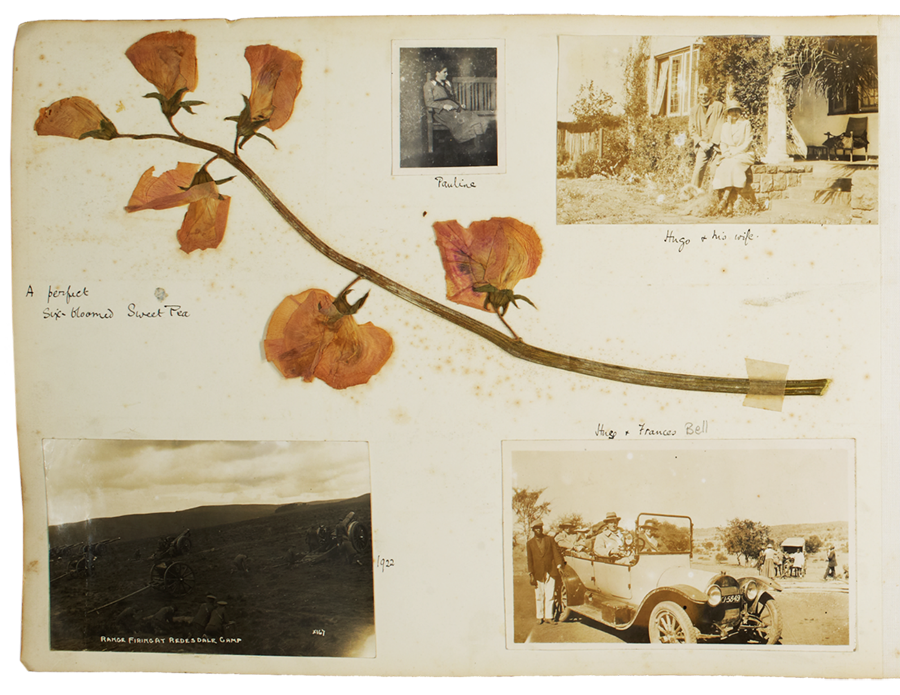
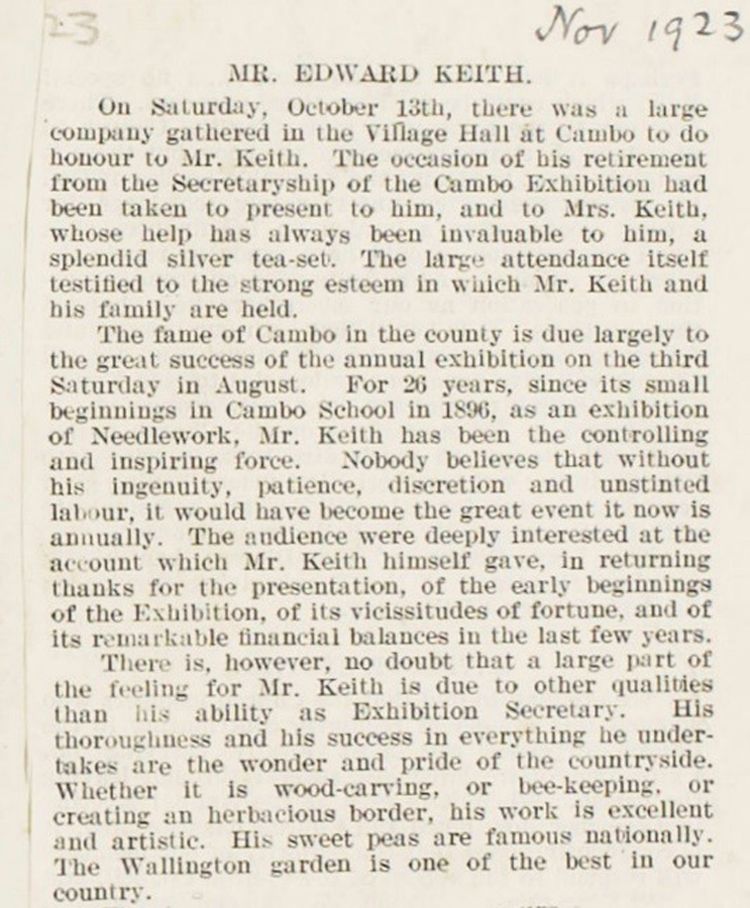

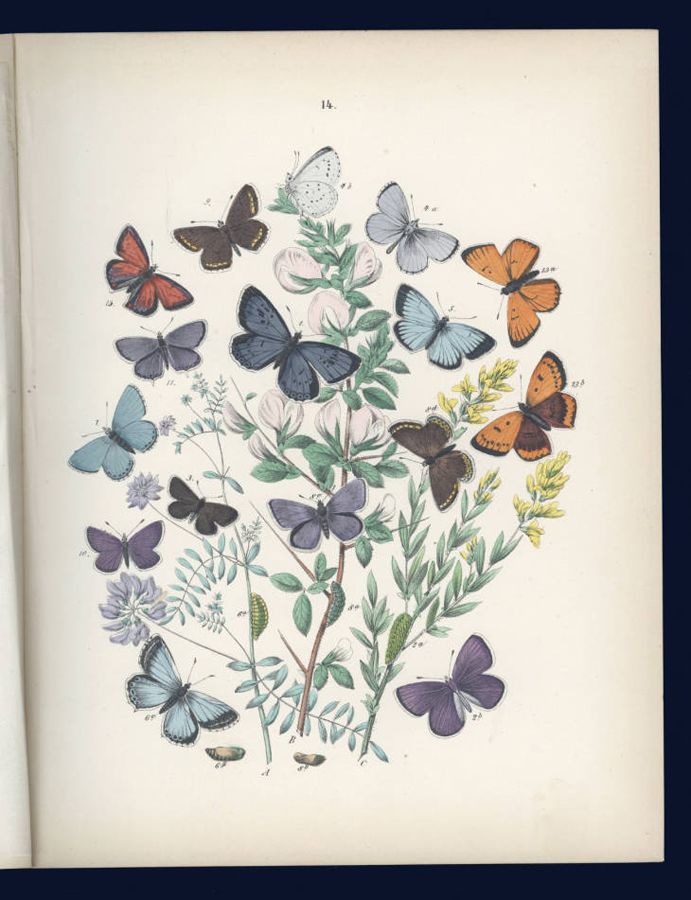
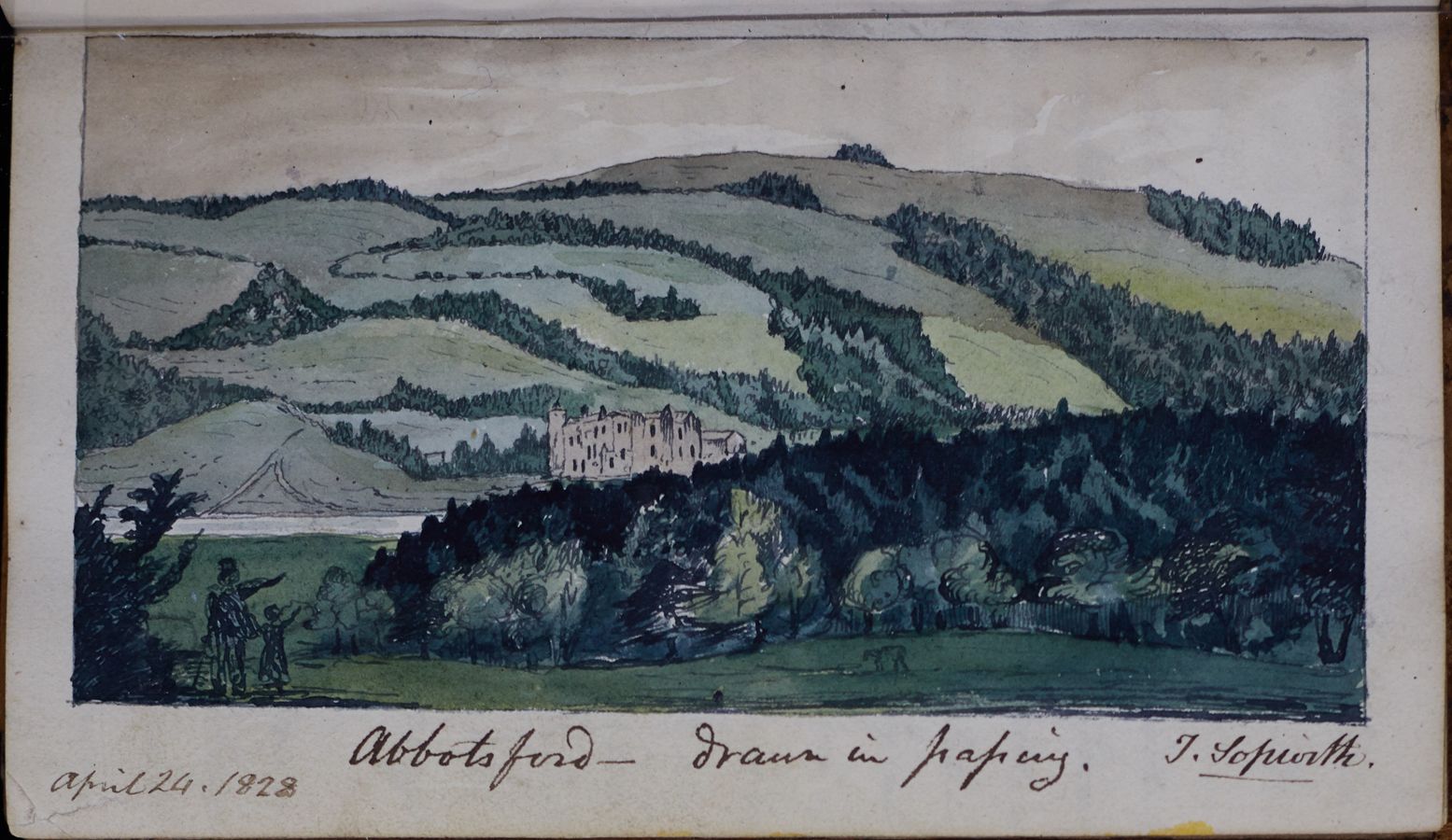
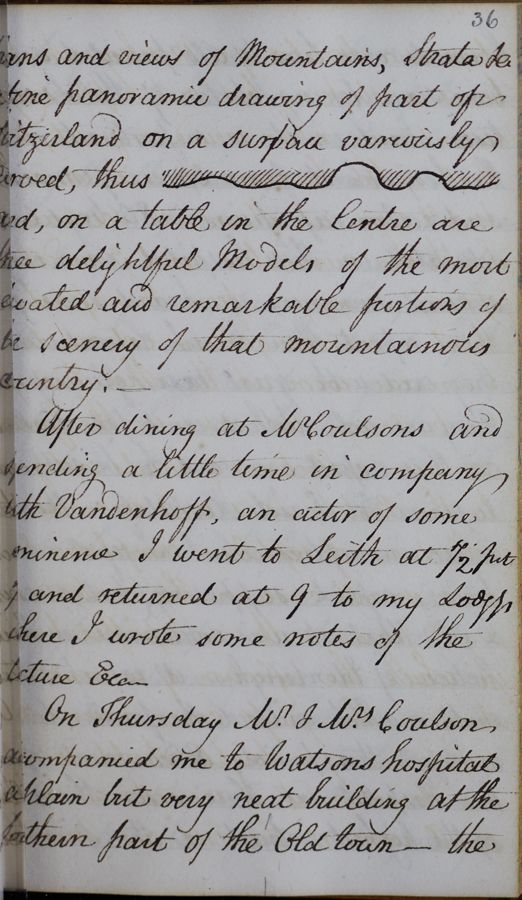
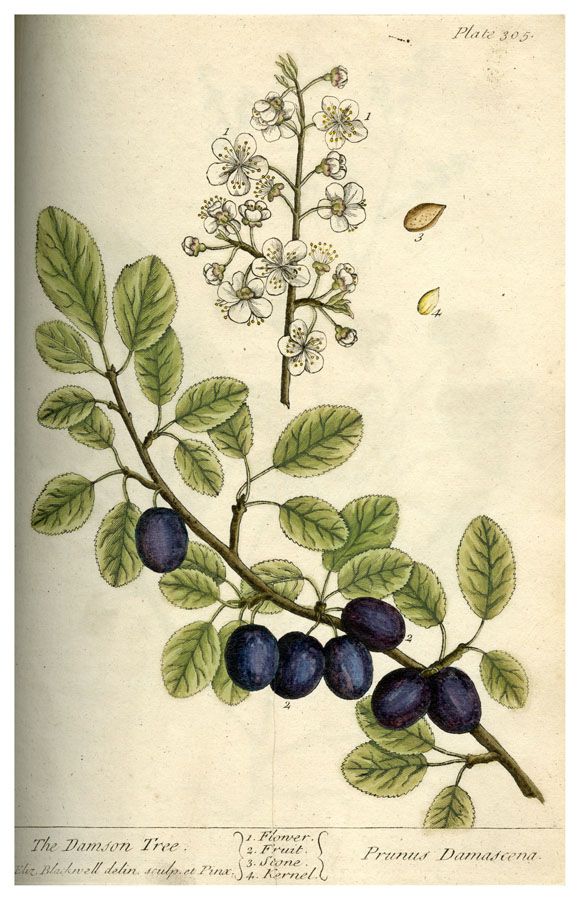
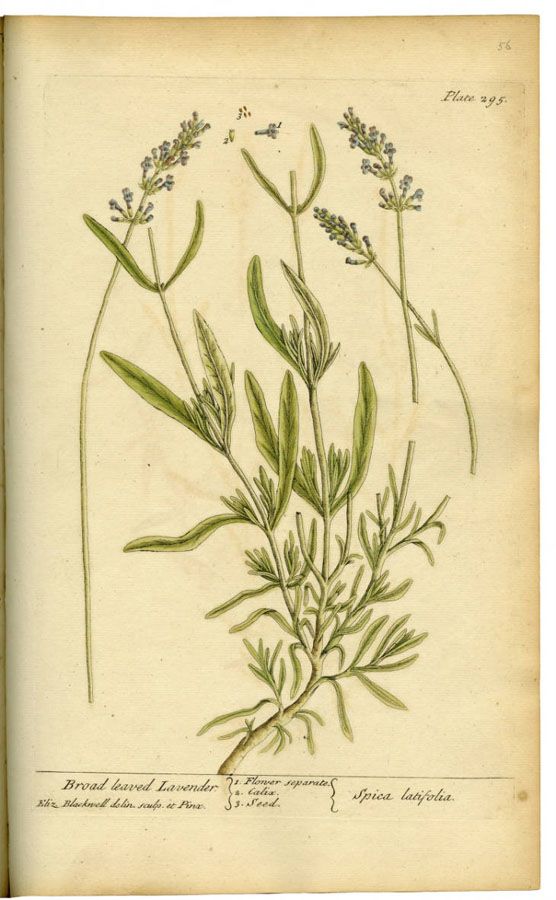
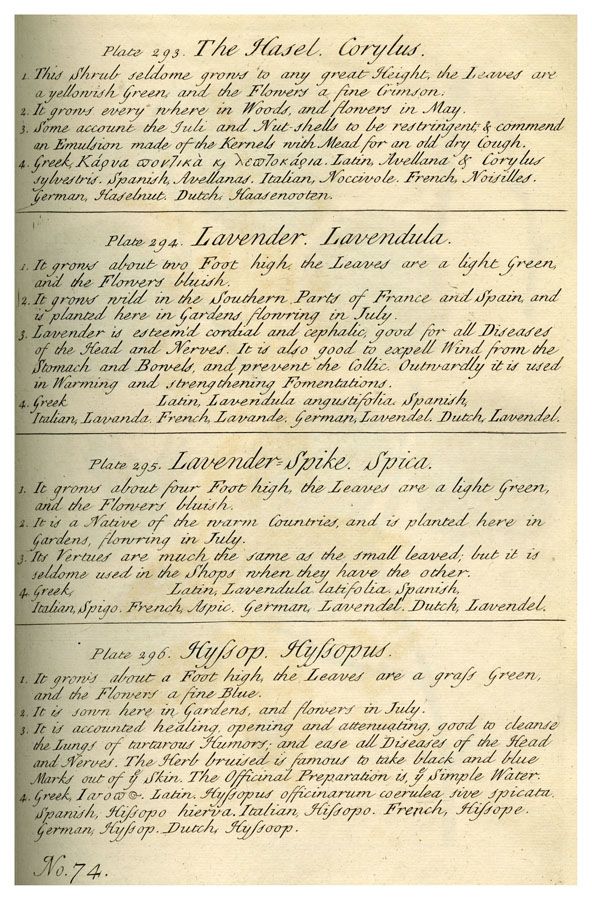
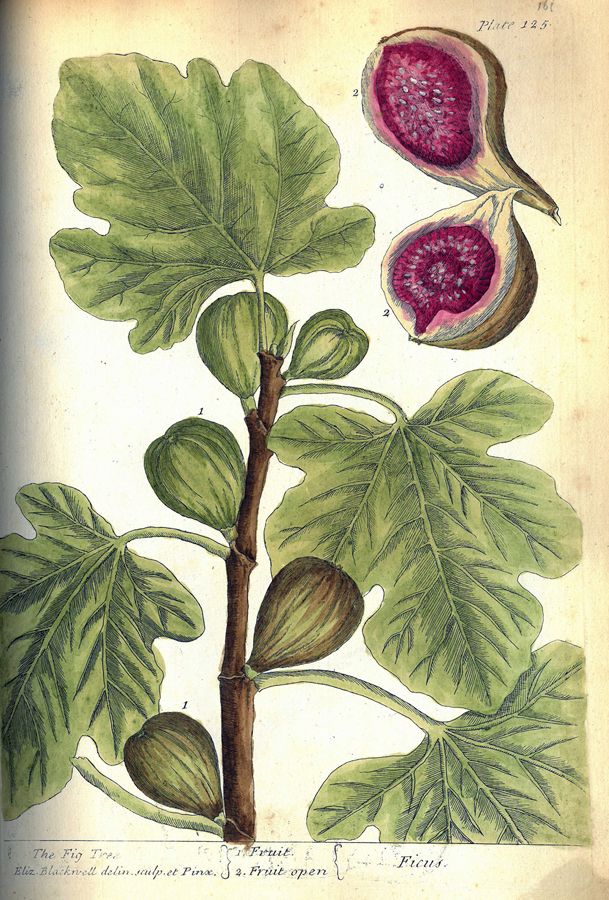
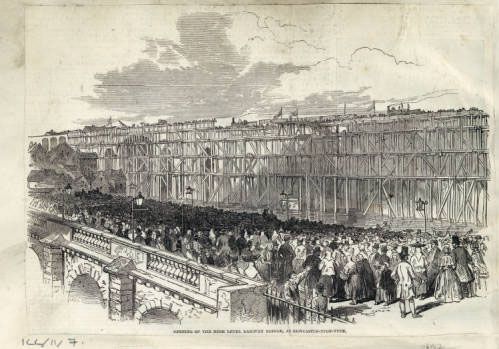
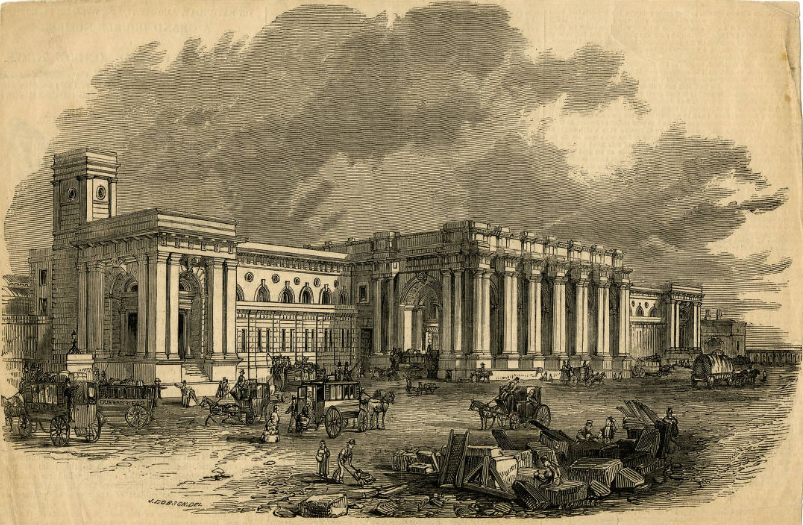
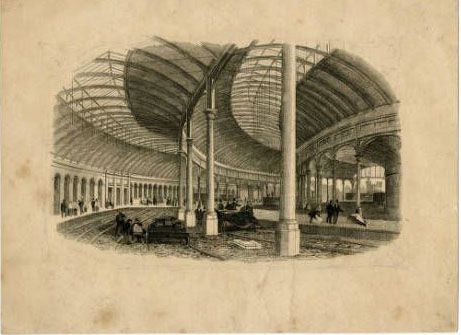
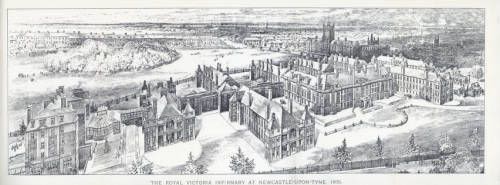
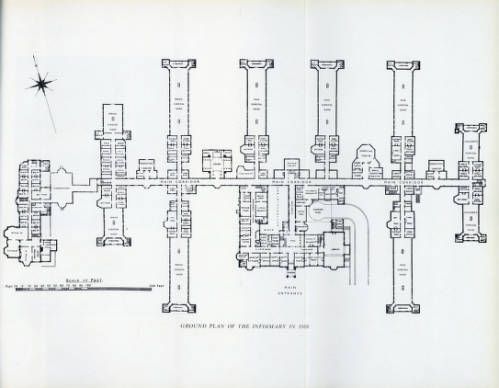
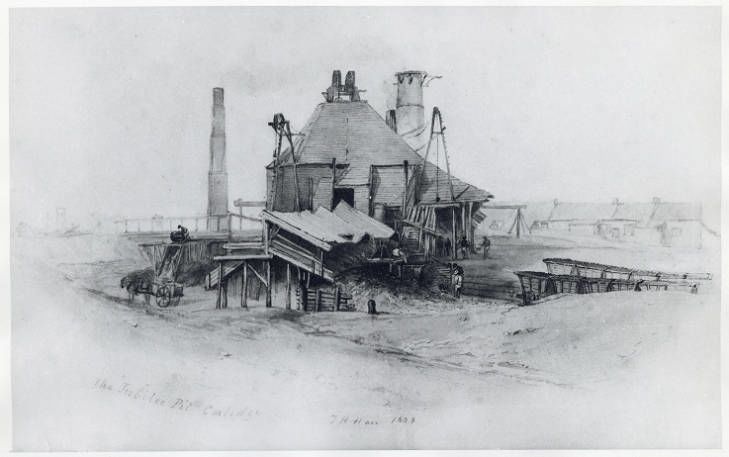
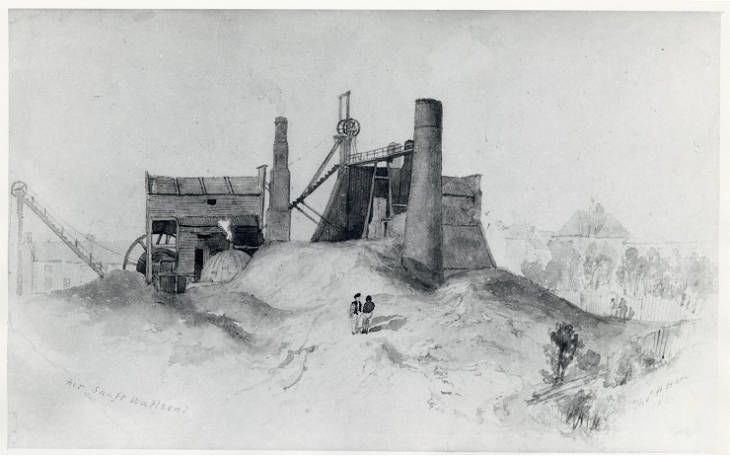
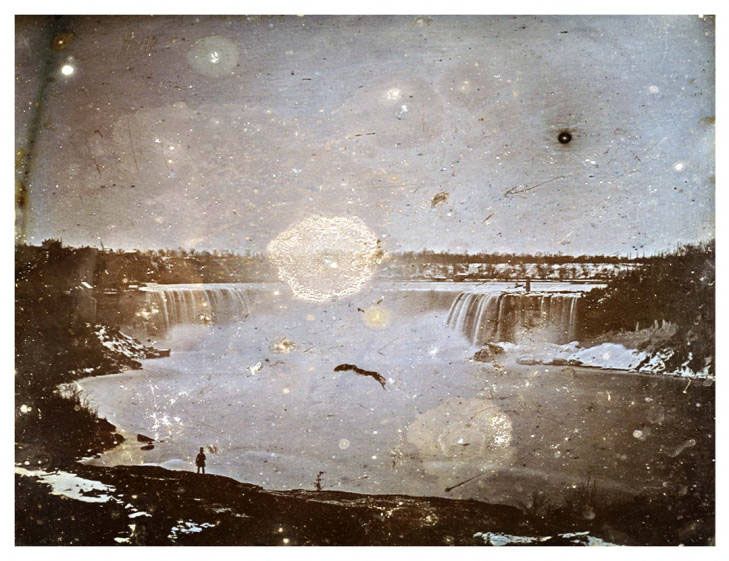
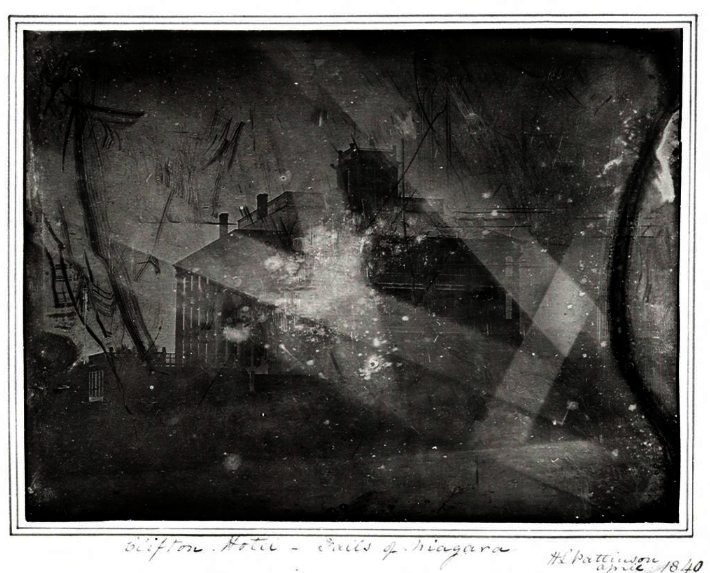
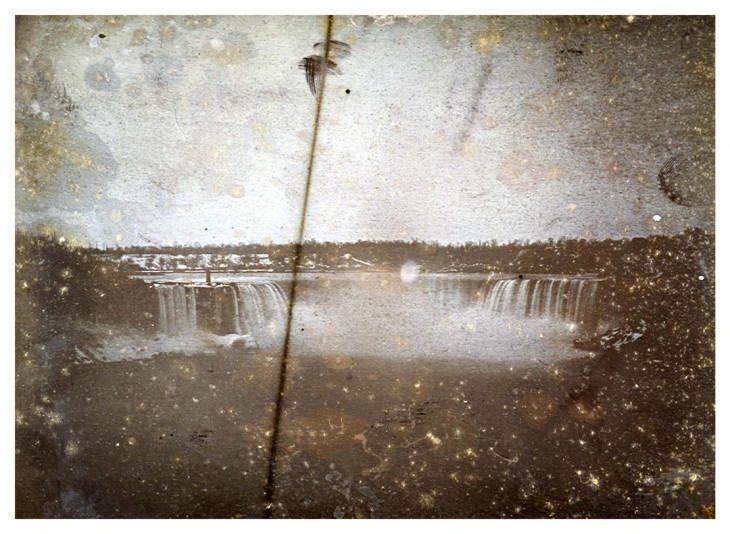
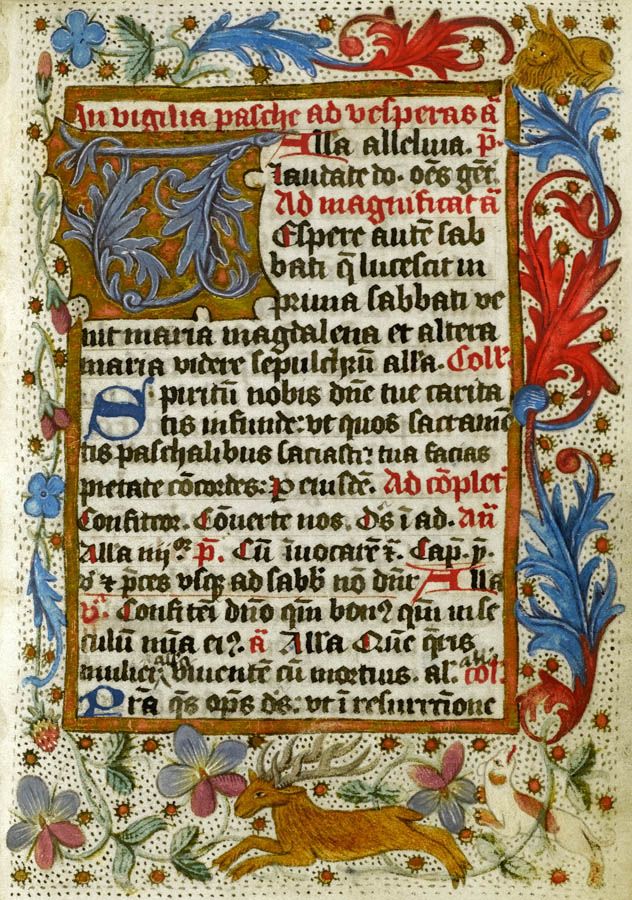
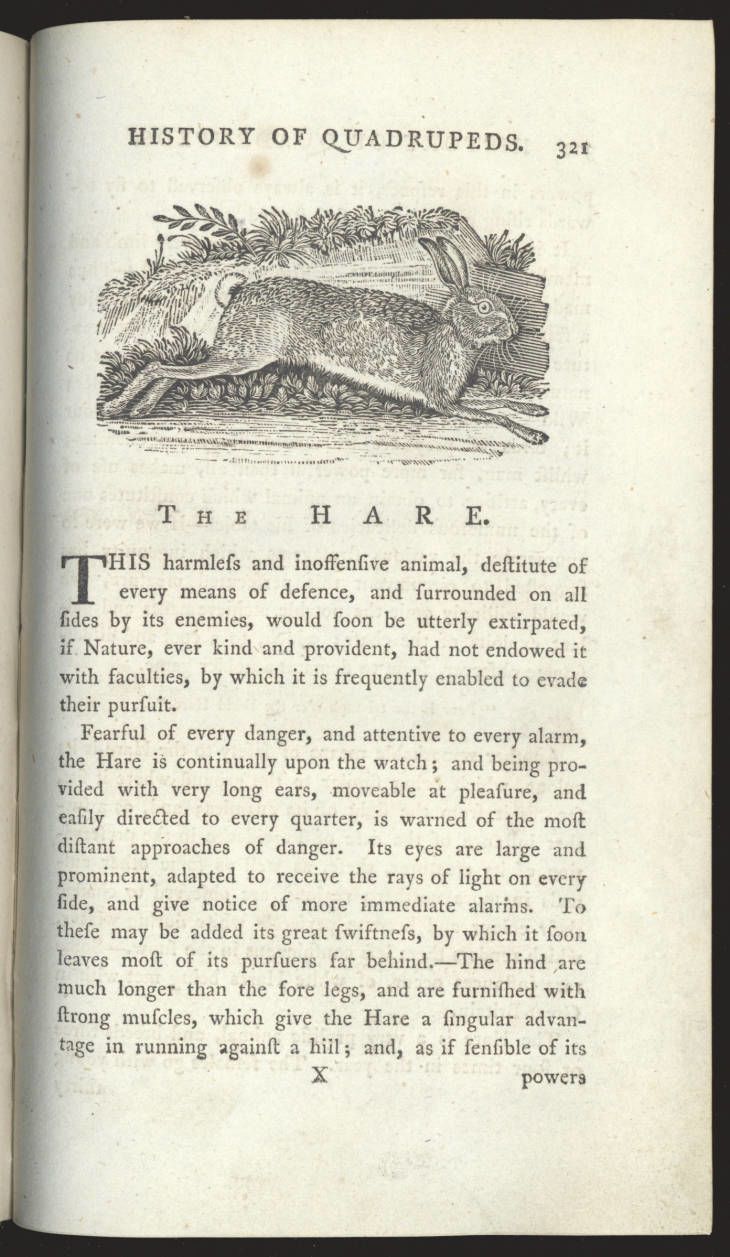
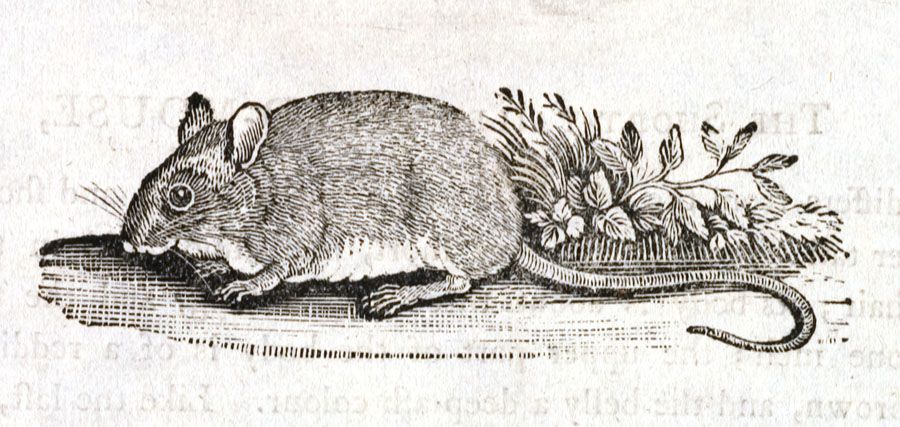
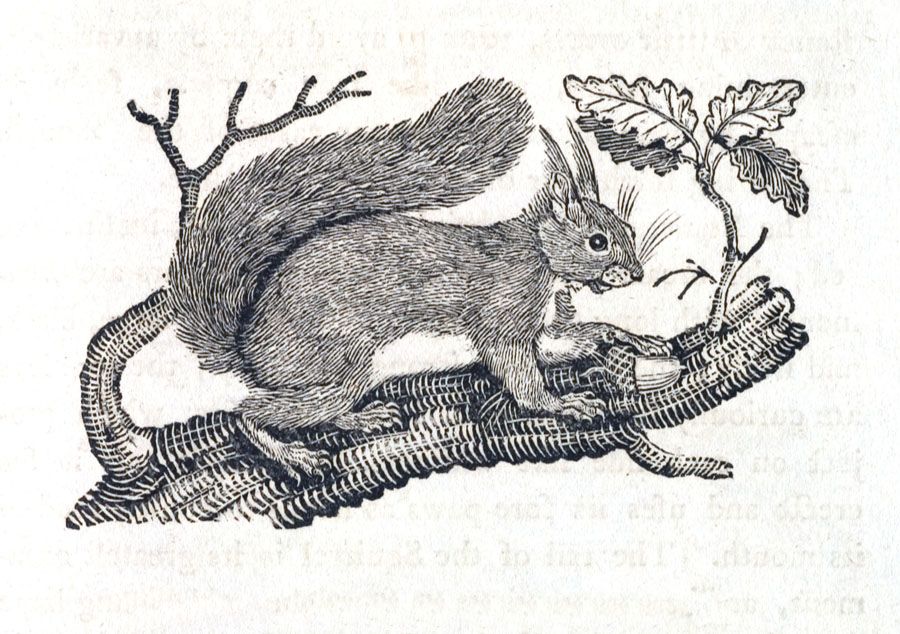
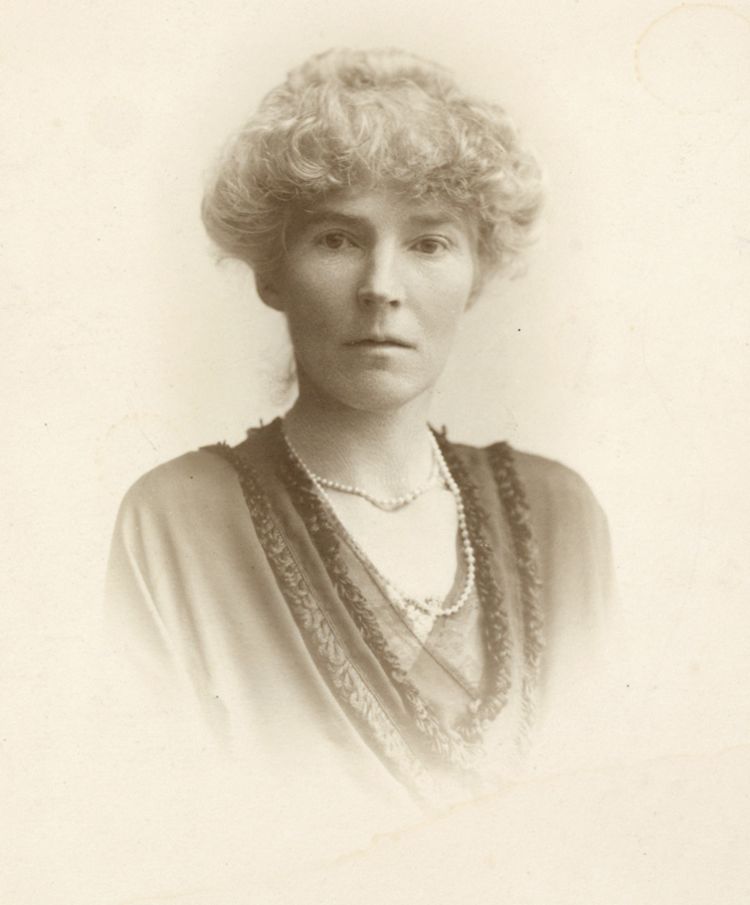
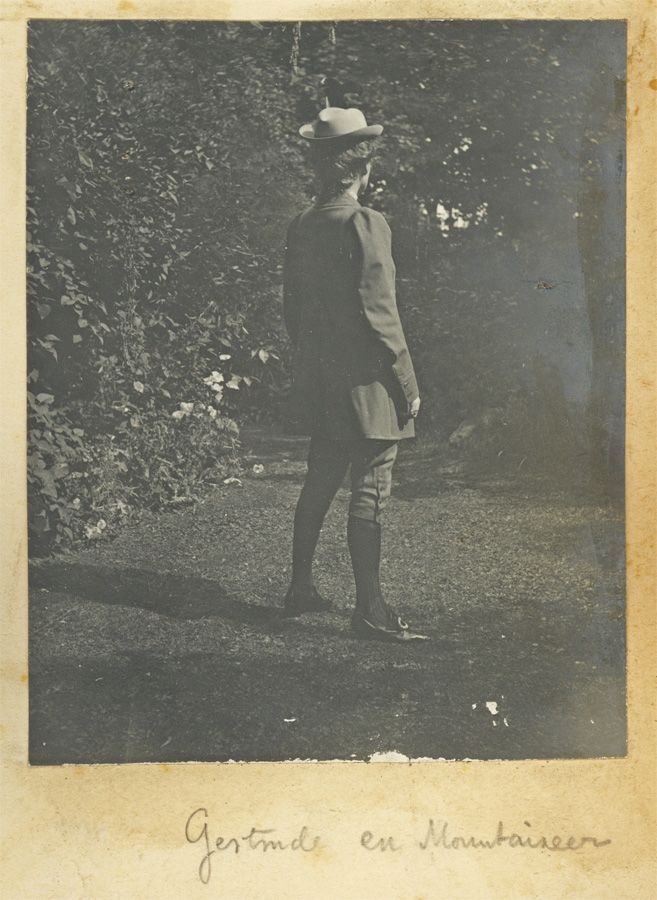
![Photograph of Carchemish - Jerablus. From Tell, looking S [View across plain and Euphrates river, cattle in foreground]](./assets/Nz3wfH2t4O/j-141-small-900x353.jpeg)
![Photograph of Kerak - from the S [Crusader Castle, general view from a distance]](./assets/vocSCLpFz2/a_244-640x331.jpeg)
